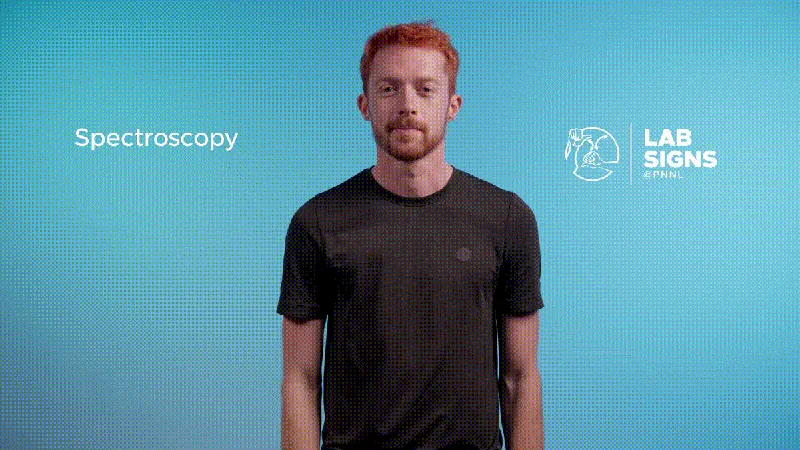
Empowering Deaf Geoscientists: The Revolution in Scientific Sign Language
2024-11-15
Author: William
Empowering Deaf Geoscientists: The Revolution in Scientific Sign Language
Complex Terminology and Deaf Geoscientists
The world of geosciences is notoriously complex, filled with specialized terminology and concepts that often need to be navigated with precision. For Deaf geoscientists who primarily use American Sign Language (ASL), this journey can be even more daunting due to the absence of standardized signs for many scientific terms.
Caroline Solomon, an estuary biogeochemist and professor at Gallaudet University, recalls her own experiences more than twenty years ago when she was pursuing her doctorate. During that time, she found herself alone as the only Deaf oceanographer, often inventing her own signs for terms like 'phytoplankton' and 'dinoflagellates' as she went along. It wasn’t until years later that she met another Deaf scientist who had independently developed similar signs. This realization highlighted a significant gap in the language of science for the Deaf community.
Increasing Representation and Collaboration
In recent years, the landscape has changed dramatically. Solomon notes a marked increase in the number of Deaf scientists entering the field, a development she welcomes as crucial for the diversification of the geosciences. These scientists are not only making academic contributions but are also actively creating and enhancing ASL dictionaries to include geoscience-related terms, effectively breaking down barriers to education in STEM (Science, Technology, Engineering, and Mathematics).
The Unique Capability of Sign Language
Sign language possesses a unique capability to express complex ideas succinctly through gestures — a feature known as iconicity. Richard Ladner, an expert in computer science and a child of Deaf adults, explains that this intrinsic descriptive quality of sign language aids in teaching and understanding scientific jargon. Unlike most spoken languages, ASL offers a more intuitive method to convey meanings, allowing Deaf students to connect concepts directly with their associated signs.
Historical Barriers and Current Solutions
Historically, ASL dictionaries included only a handful of STEM-related terms, leading Deaf students and researchers to either fingerspell or invent their signs. This reliance on fingerspelling, as pointed out by Annemarie Ross from the Rochester Institute of Technology, can hinder understanding since it does not convey the concept itself but merely the spelling of a word.
In the classroom setting, educators like Todd Pagano have begun collaborating with students to create practical signs for complex terms, thus streamlining communication. Pagano noted that this collaborative effort not only enhances teaching effectiveness but also empowers students to take ownership of their learning.
The Need for Standardization
However, many new signs developed in the field have been ad hoc and may not be widely recognized outside specific contexts. This lack of standardization can be problematic at conferences or workshops, where Deaf scientists often find themselves needing to teach their interpreters their unique signs. This additional labor starkly contrasts with the experiences of their hearing counterparts.
To address these challenges, efforts to develop a standardized lexicon of scientific signs have gained momentum. Community-driven platforms like ASL STEM have emerged, offering a repository for over 3,200 STEM signs. Although terms like 'geology' and 'geoscience' are still in need of standardized signs, this initiative highlights the growing demand for documented signs in the Deaf scientific community.
Key Initiatives and Future Directions
Another important effort is ASLCORE, which documents signs specifically tailored to various professional fields, ensuring that Deaf and hard-of-hearing individuals are at the forefront of the development process. By collaborating with experts in linguistics and specific scientific disciplines, these projects aim to not only create new terms but also ensure they are widely understood and accepted.
The push for these efforts indicates a recognition of the necessity for more inclusive representation within the geosciences. With initiatives aimed at increasing access to geoscience signs, experts like Michele Cooke, a Deaf geologist at UMass Amherst, emphasize that fostering a community of Deaf scientists can enrich the field as a whole.
Looking Ahead: Inclusion and Collaboration
Moving forward, the integration of Indigenous sign languages and the decolonization of scientific terminology could provide further opportunities to blend varied scientific understandings. However, the predominant need remains for a unified, well-maintained resource for ASL scientific terms that can be for the community at large.
Addressing the gap in scientific vocabulary is paramount. In a world where inclusivity is gaining momentum, standardizing ASL signs in scientific contexts can not only enhance communication but could potentially open the doors for more Deaf students and scientists to enter the geosciences. As the initiatives continue, it is evident that the revolution in scientific sign language is just beginning, and the future is ripe with possibilities for deeper understanding and collaboration across scientific communities.
Conclusion and Future Updates
Stay tuned for more updates as we delve into how the integration of technology and community efforts can shape a more inclusive future in the sciences!
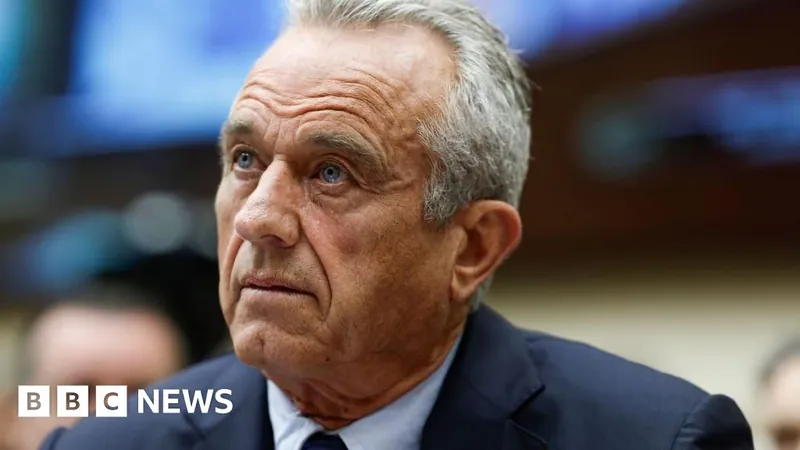
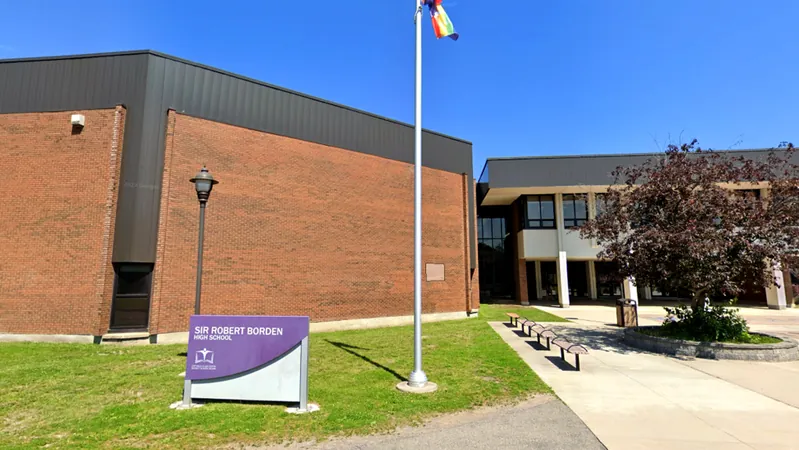
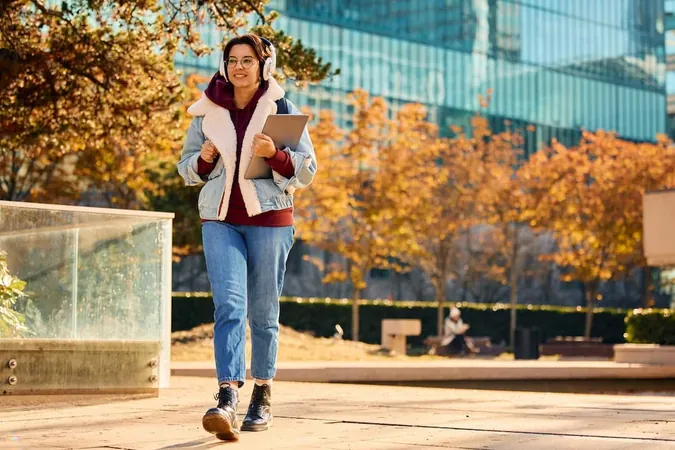

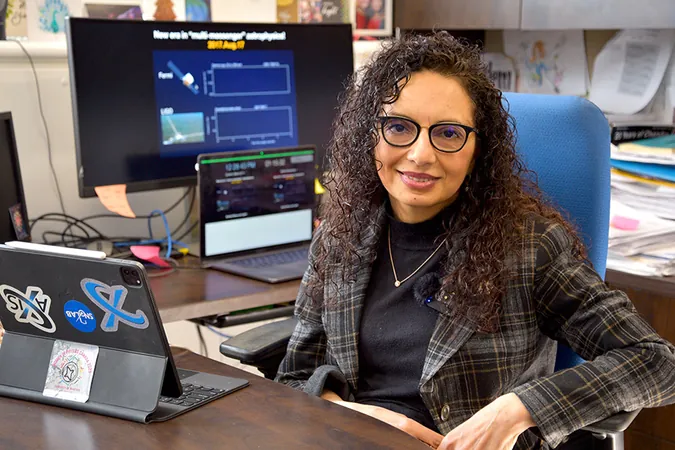

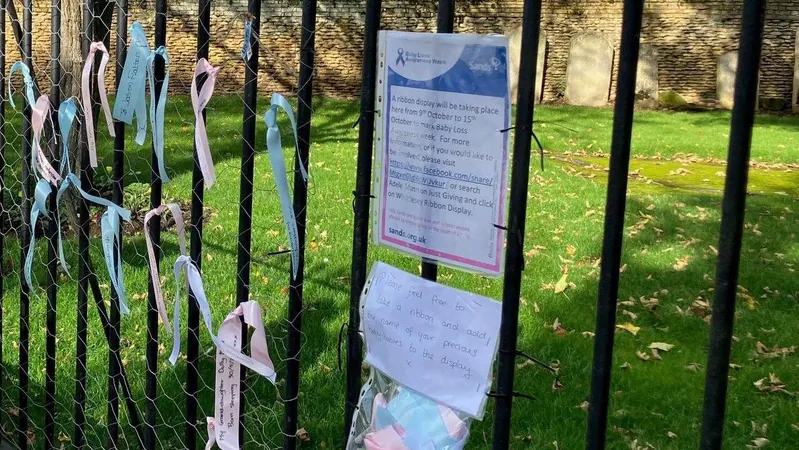
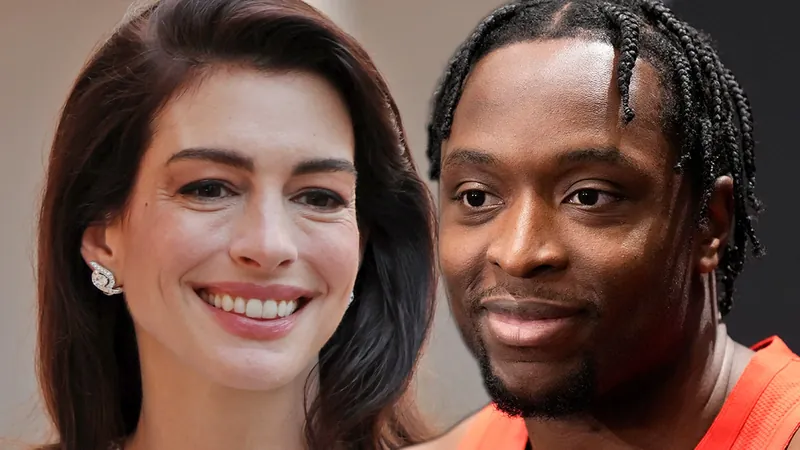

 Brasil (PT)
Brasil (PT)
 Canada (EN)
Canada (EN)
 Chile (ES)
Chile (ES)
 España (ES)
España (ES)
 France (FR)
France (FR)
 Hong Kong (EN)
Hong Kong (EN)
 Italia (IT)
Italia (IT)
 日本 (JA)
日本 (JA)
 Magyarország (HU)
Magyarország (HU)
 Norge (NO)
Norge (NO)
 Polska (PL)
Polska (PL)
 Schweiz (DE)
Schweiz (DE)
 Singapore (EN)
Singapore (EN)
 Sverige (SV)
Sverige (SV)
 Suomi (FI)
Suomi (FI)
 Türkiye (TR)
Türkiye (TR)